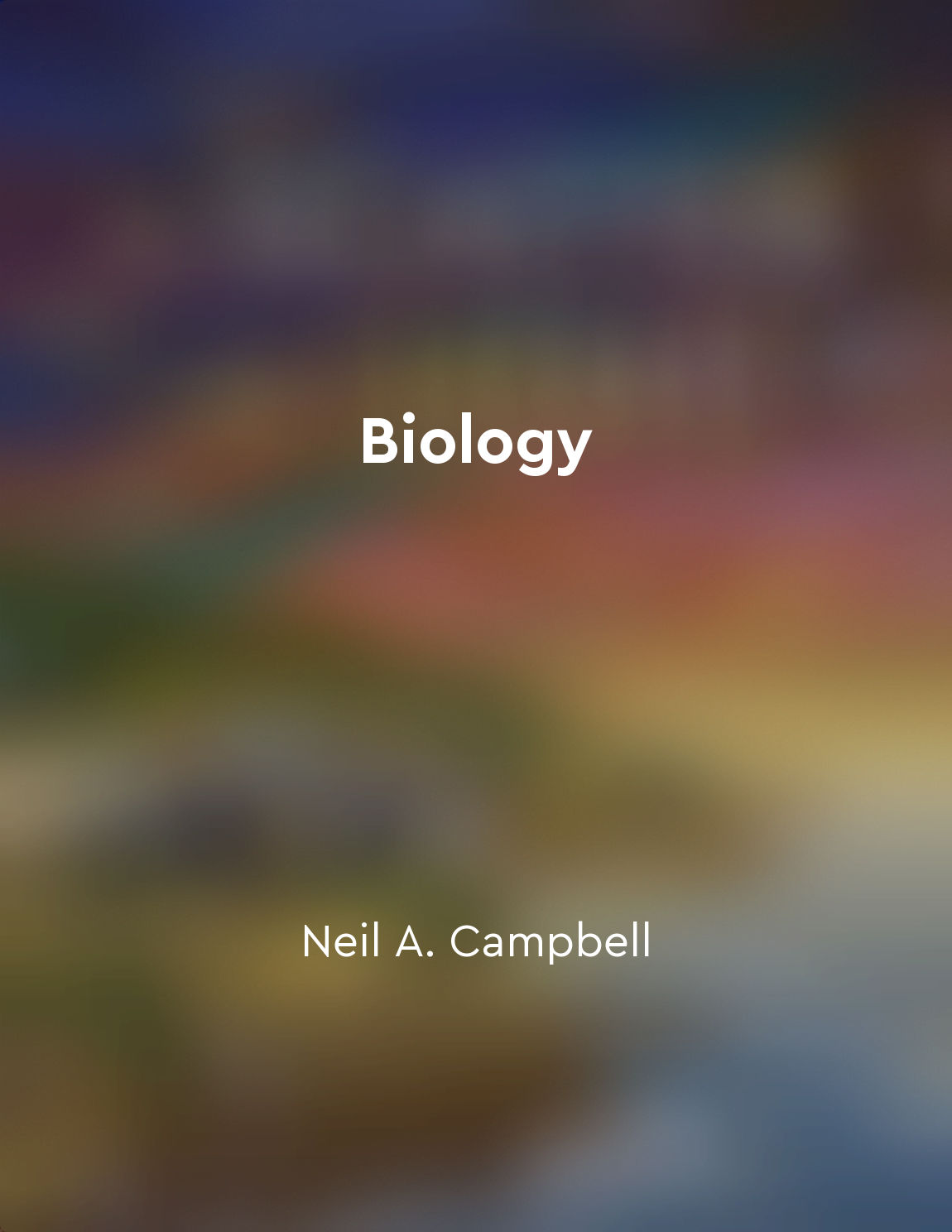How life is organized from "summary" of Biology by Neil A. Campbell
Life on Earth is a marvel of organization, with living organisms exhibiting a remarkable level of complexity and order. From the microscopic cells that make up all living things to the intricate ecosystems that support diverse forms of life, organization is a fundamental feature of biology. At the most basic level, life is organized into cells, the smallest units of living organisms. These cells are highly structured, with specialized organelles carrying out specific functions to sustain life. Within cells, molecules are organized into intricate biochemical pathways that regulate essential processes such as metabolism, growth, and reproduction. As organisms grow and develop, they exhibit a hierarchical level of organization, with cells forming tissues, tissues forming organs, and organs working together in organ systems to carry out complex functions. This hierarchical organization allows for specialization and division of labor, ensuring that each part of the organism contributes to the overall well-being of the whole. Beyond individual organisms, life is organized at the population, community, and ecosystem levels. Populations consist of individuals of the same species living in the same area, while communities are made up of populations of different species interacting with one another. Ecosystems encompass all living organisms in a particular area, as well as the non-living components such as soil, water, and air that support life. At each level of organization, interactions between living organisms and their environment play a crucial role in shaping the structure and function of biological systems. Whether it is the exchange of nutrients between cells, the competition for resources within a population, or the cycling of matter and energy in an ecosystem, organization in biology is intimately tied to the interactions that occur within and between living systems.- The concept of organization in biology highlights the interconnectedness and complexity of life on Earth. By understanding how life is organized at multiple levels, from the molecular to the ecological, we can gain insights into the mechanisms that drive biological systems and the principles that govern the diversity and unity of life.
Similar Posts
Biomimicry encourages a shift towards sustainable practices
The concept of biomimicry is rooted in the idea that nature has already solved many of the problems we are facing today. By stu...
Physics and chemistry also play crucial roles
The intricate processes that sustain life on Earth are not solely the domain of biology. Physics and chemistry also play crucia...
Developmental biology uncovers similarities in embryonic stages
In the course of its development from embryo to adult, an animal typically goes through a series of stages that bear a striking...

Energy is a conserved quantity that can be transferred and transformed
The principle that energy is conserved is fundamental in physics. This means that energy cannot be created or destroyed, only t...

Diversity of microorganisms
Microorganisms, such as bacteria, archaea, fungi, and protists, are incredibly diverse in nature. They can be found in almost e...
Nature's patterns and structures offer insights for design
When we look at the natural world, we see a vast array of patterns and structures that have evolved over millions of years. The...

